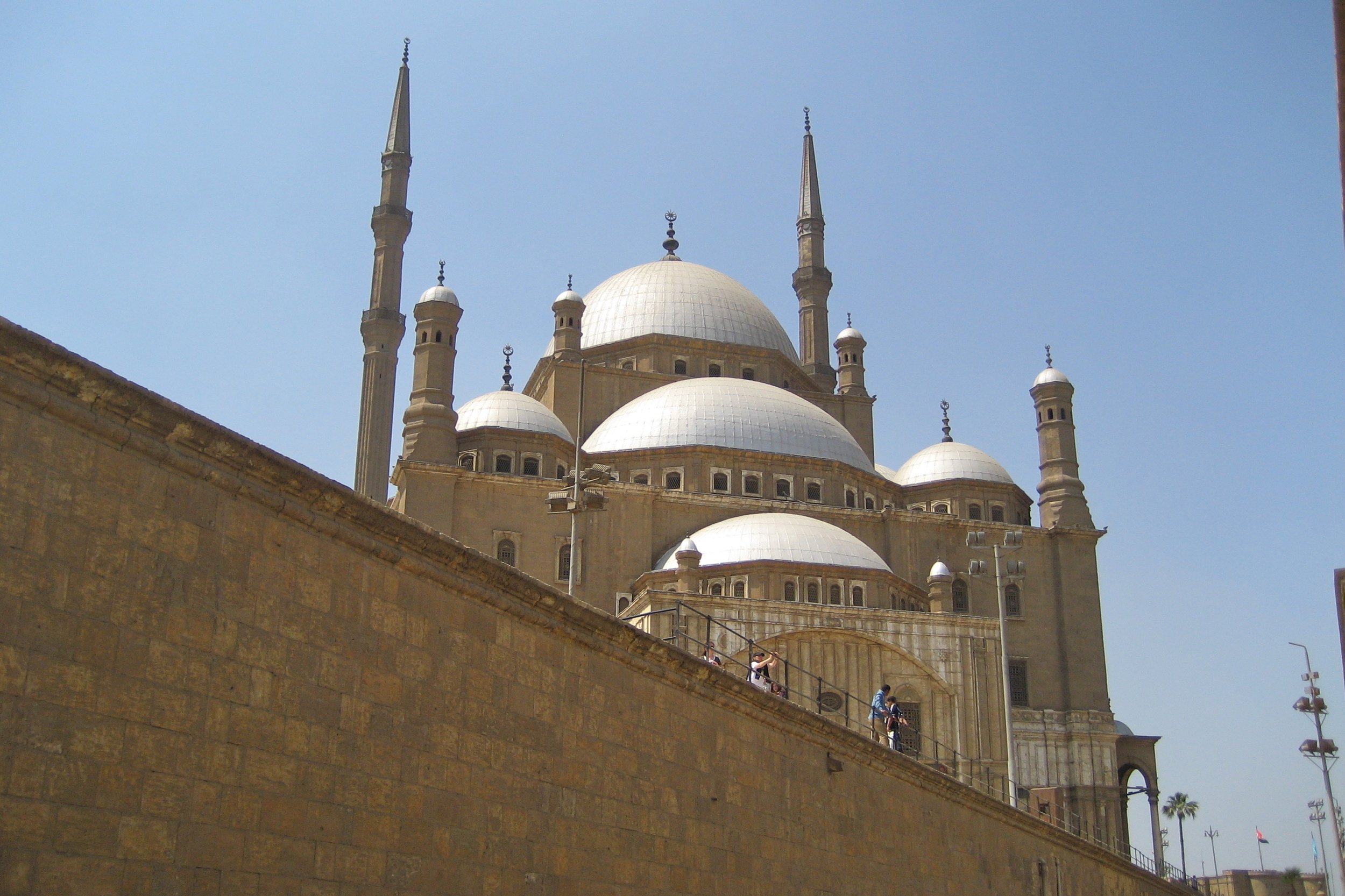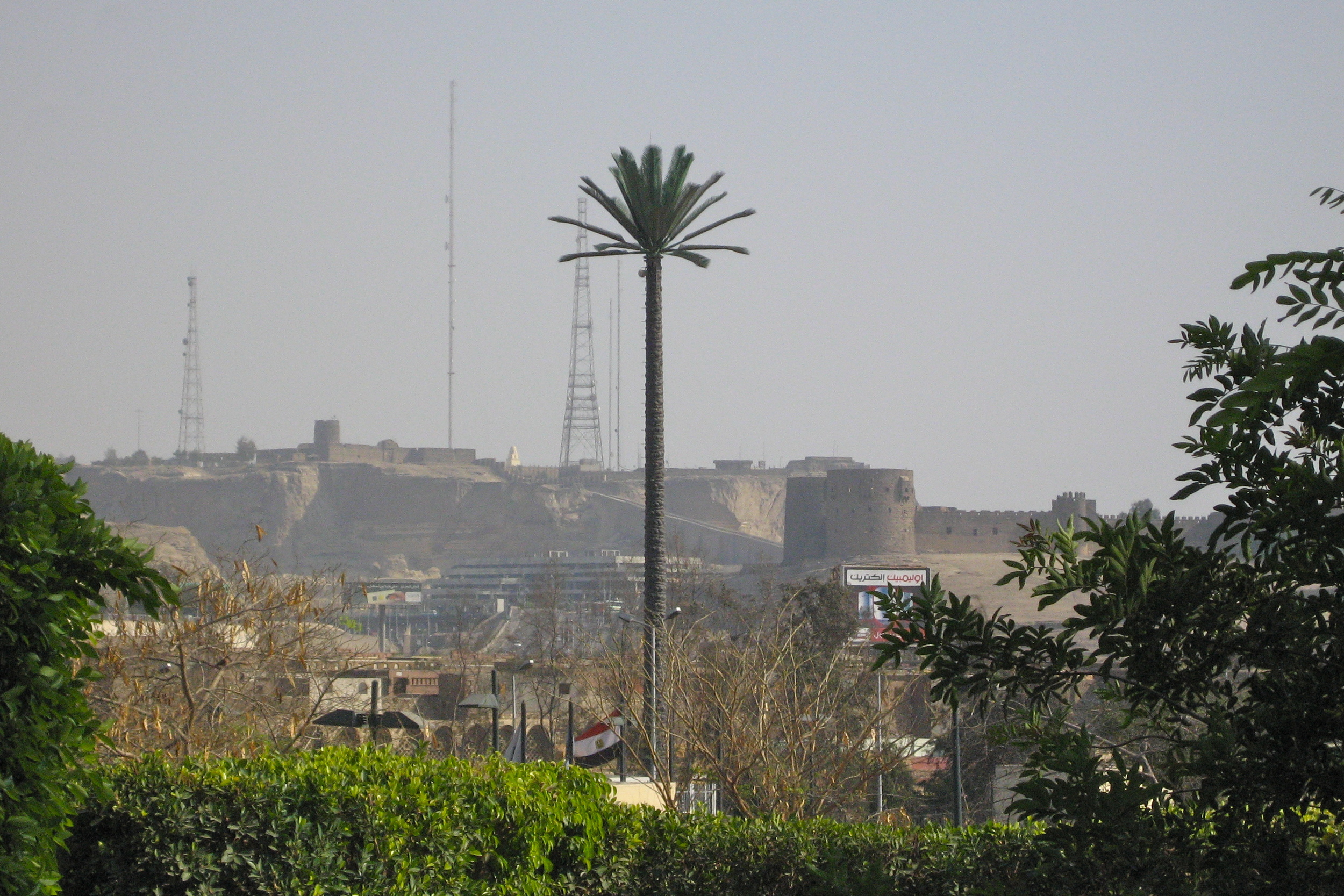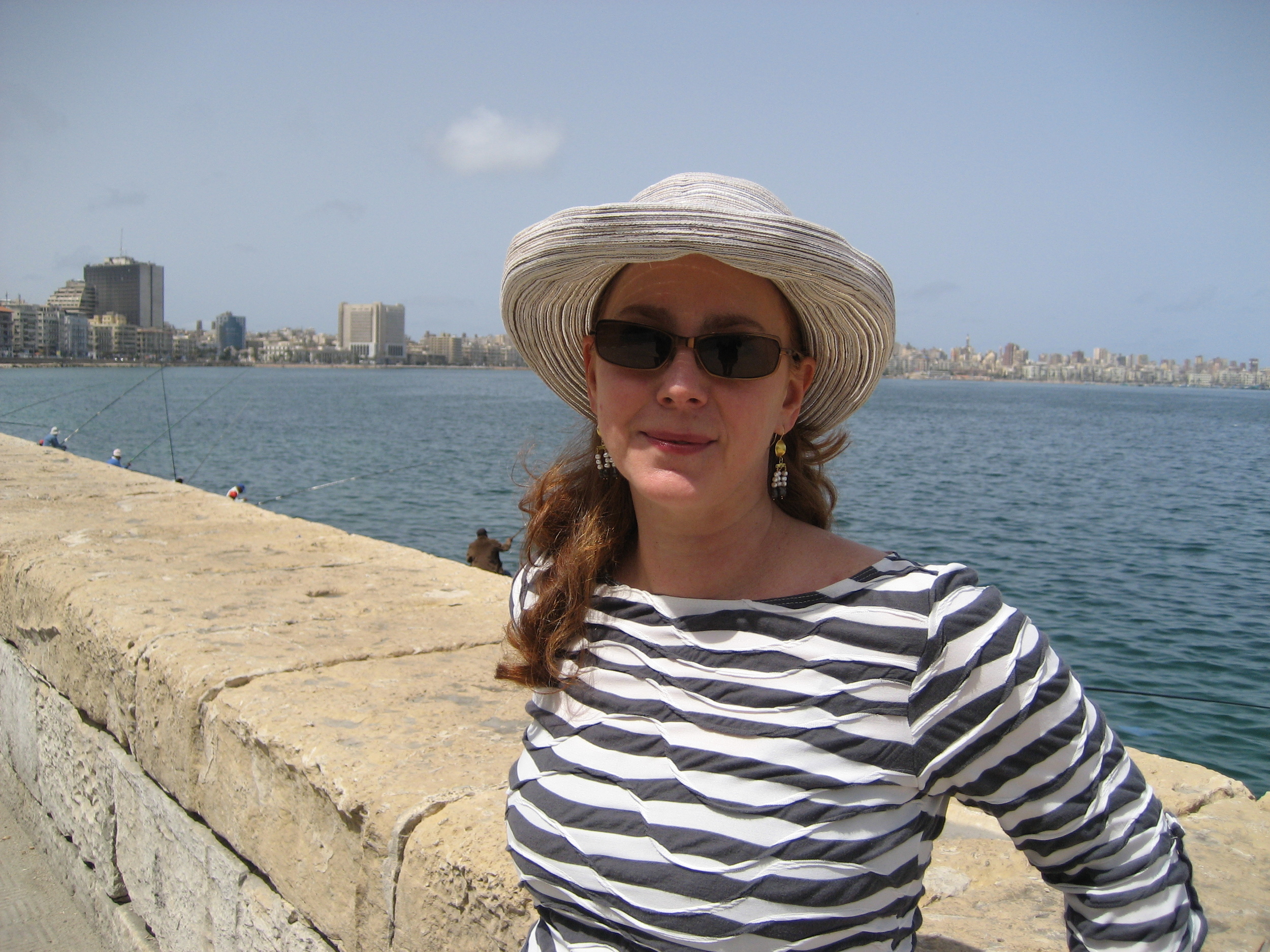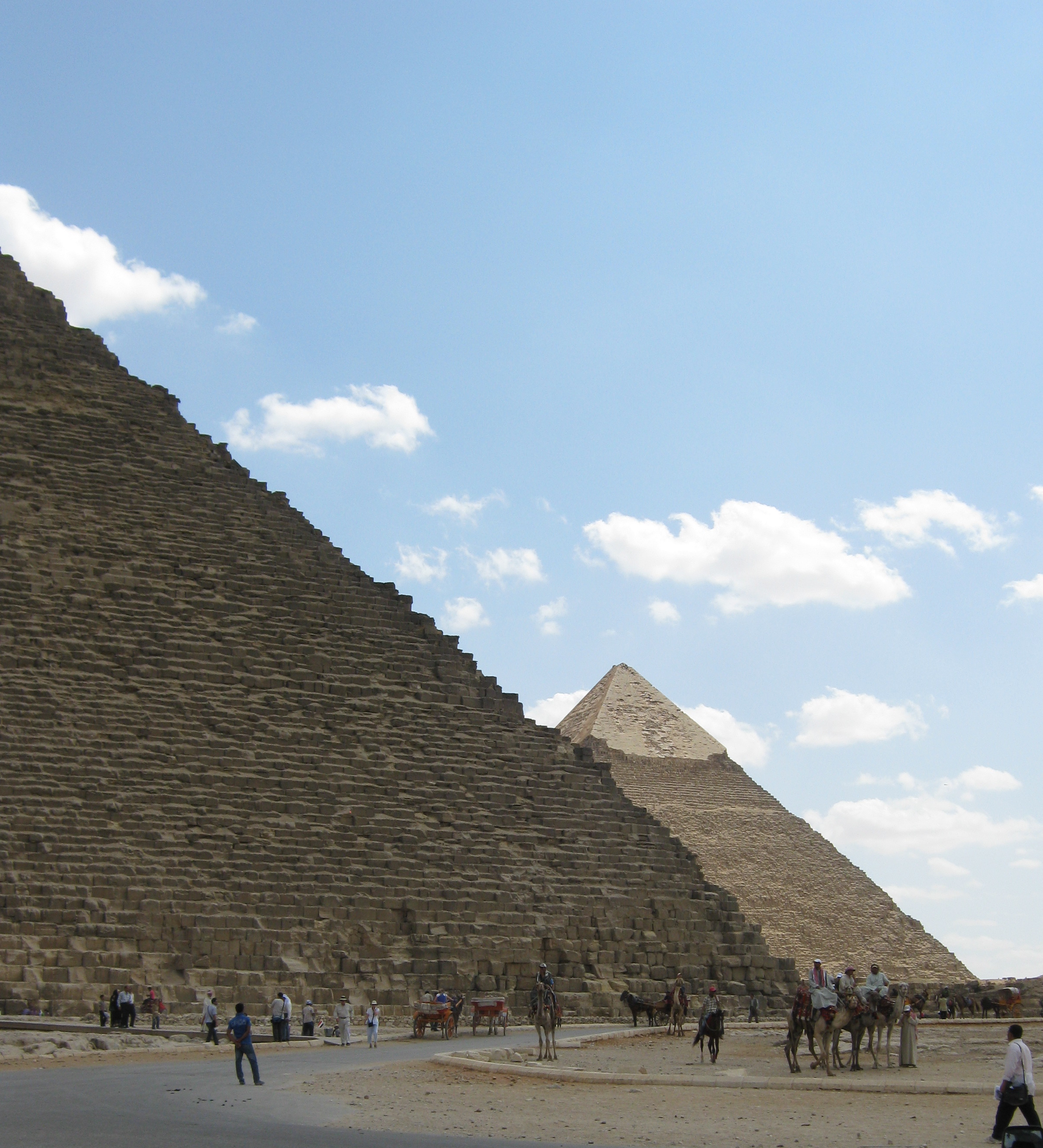I’ve come to Egypt for a six-week stay at an extremely interesting time in its history, over the worried protestations of my family and close friends. (And yes, before you ask, I’m being careful.) I’m here at the invitation of the El Gouna Writers Residency, where I’m spending the month of May. More on that later. First, I must tell you about my amazing week in Cairo. Cairo is hands down the most contradictory place I’ve ever been. Sprawling, chaotic, wondrous, filthy, ancient, modern, teeming with life. A big beautiful mess. It’s home to 17,000,000 people, making it the largest city in Africa. The sensory input from so many humans (not to mention camels, horses and goats) crammed into a relatively small space is overwhelming, and at the end of every day I found myself completely exhausted physically and mentally, unable to take in one more thing.
I was fortunate to have a local guide, interpreter and authority on all things Egyptian in the form of my writer friend Khaled, a lifelong resident of Cairo and one of its fiercest and most eloquent champions. I think there is no better way to see a city than through the eyes of someone who knows it intimately and loves it. I bet few if any tourists have ever eaten at the best kebab house in Cairo, which is on a tiny side street and was presided over by a man wearing a long gray jelabiya (men’s robes) under what looked like a Versace leather car coat. The kebabs were lamb — kebabs are apparently always lamb here — and were not cubes on skewers, but small grilled chops served over mounds of cilantro with sides of pita and tahini. Best meal I had all week.
Khaled’s Cairo is a flawed but magnificent place, home to a people of indomitable spirit who once created the greatest civilization ever known to man and are now in the process of a profound and profoundly necessary reinvention. Around 30% of Egyptians make a living wage (this is Khaled’s estimate; the official numbers put out by the government are much higher). 39% of women and 16% of men are illiterate. Two-thirds of the population are under thirty, and a huge percentage of them can’t get jobs or are doing ill-paid work for which they’re overqualified. 700,000 college graduates a year are chasing 200,000 jobs. These are the numbers at the heart of the revolution, numbers that were created over the course of 40 years of despotism and corruption.
I witnessed several demonstrations on the streets, one pro-Mubarak (which one understands are bought and paid for). People here are incredibly proud of their revolution, and there is a tremendous sense of possibility and energy and momentum, tempered by the knowledge that the process of change will be long and messy. But unlike Syria and Lebanon, it hasn’t been bloody, and they take pride in that too, that they achieved their revolution with very little violence. Impossible not to feel moved by their spirit and hopeful that they will find their way to a better and more equitable future for all Egyptians.
Photos: The Citadel atop Cairo, a walled city unto itself; the sprawl of Cairo from the Citadel; attractive footwear required to enter a mosque; the fountain at the center of the biggest mosque in the Citadel; one of many eerily perfect palm trees which are in fact cell phone towers.
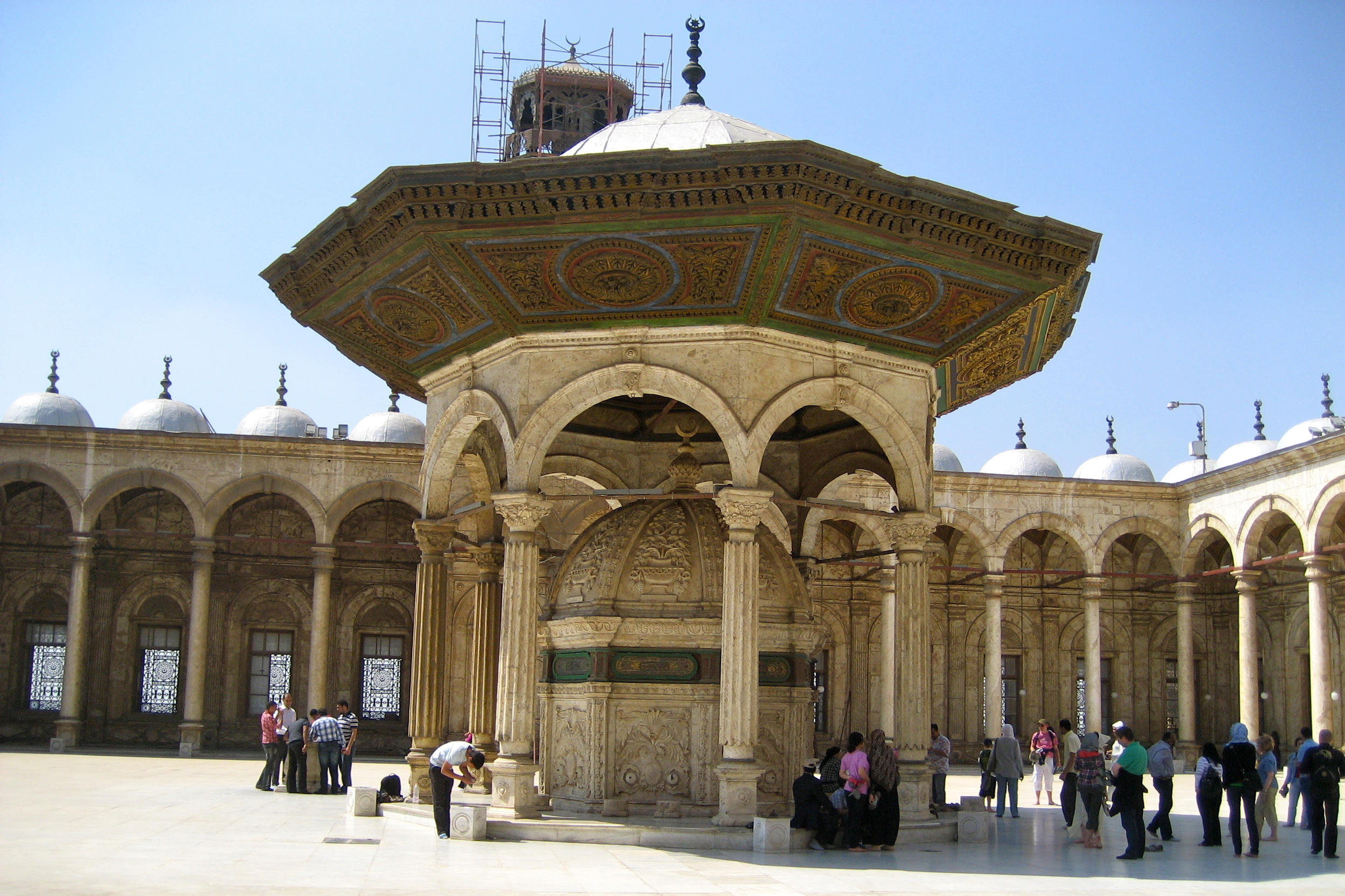
The Egyptian people are fascinating. Despite the enormous problems they face, they laugh at everything; the revolution spawned hundreds of jokes a day, which spread like wildfire on the Internet. They are an extremely patient people, which Khaled attributes to their long history but I think is also a factor of the traffic here, which I can only describe as total dog-eat-dog chaos. There are no real lanes and no stoplights or stop signs at most intersections. Police officers man the main ones and direct the flow of traffic (an oxymoron if there ever was one, since it’s not uncommon to sit for 45 minutes without moving; hence, the need for patience.). Cairene drivers put New Yorkers and even the Romans to shame. We came within heart-stopping centimeters of being hit at least 50 times a day — and yet somehow we never were, nor was anyone else that I saw — but neither Khaled nor the driver batted an eyelash.
Final observation about the Egyptians: the revolution notwithstanding, they are a contented people. The guide who took me around the Cairo Museum told me that Egyptians are mostly satisfied with their lot: happiness is not considered the sole province of the rich, and they believe life can be fulfilling regardless of one’s station in it. I think perhaps this is a bit of an idealization — it’s hard to imagine some of the people you see living in crushing poverty being happy and unenvious of the wealth all around them — but I also found a great deal of truth in it. Egyptians are less materialistic than we are and more centered on the joys of family life. Families here are enormous; the average woman has 3 children, and a family-only wedding could easily have 200 invitees. The importance of family is evident in every aspect of Egyptian life. Young people live at home until they marry, and when I told Khaled that in the States parents are glad to have their kids leave the nest after college — that in fact most parents would view adult children living at home as a burden — he looked at me in astonishment and pronounced us “bizarre.” (A statement with which it’s hard to argue.) When I remarked on the large number of unfinished buildings all over the city — the bottom two, three floors or four floors lived in, but with construction or the beginnings of it on the top floor — I learned that people leave it that way purposely, so that when they get enough money, they can add an additional floor for another group of relatives. And in fact the Egyptian love of family was part of what sparked the revolution, because all these millions of jobless young people can’t afford to get married and have children.
The biggest down side of Cairo for me was, predictably, the Islamic strictures on women. Almost every woman you see on the street wears long sleeves and the hijab, a scarf that covers the head and neck, and some wear gloves and burkas, the sight of which I never got over being angered and saddened by. Being in the street without having your head and arms covered, even in clothes that we would consider fairly modest, makes you a target of an unsettling mix of disapproval, contempt, lust and rage from a good half of the men you pass. The hijab is largely a class thing: lower and middle-class women wear it, most upper-class women do not. But one doesn’t see many upper-class women in the streets, because they go from place to place in private chauffeured cars. Which is what I did, courtesy of Khaled, who employs two full-time drivers, mostly for the use of his family. The well-to-do lead drastically different lives from the average Egyptian. This is true in the States also, but the chasm here is vast.
Photos: a misty view of the Pyramids from the historic Mina House hotel in Giza; mosque seen through a veil; me in the lovely Mediterranean city of Alexandria, where I spent a night; the architecturally stunning Bibliothèque d'Alexandrie; the old market in Cairo.
I saw all the touristy things: the Citadel, many beautiful mosques, the Cairo museum and its dazzling King Tut collection, the Great Pyramids at Giza and the Imhotep pyramid at Sakkara (both of which I visited on a chokingly hot & dusty day that produced terrible photos — the ones below were taken on a different day by my friend Nick). I found the ancient Egyptians as fascinating as the modern ones, especially their obsession with the afterlife and their determination to take everything they might possibly need it in with them: servants (in the form of little statues, who would magically become real when the time came), boats, furniture, seeds, perfume, recipes for beer (in case, heaven forbid, the servants had forgotten how to make it). As a person who is incapable of going anywhere for more than a couple of nights without two suitcases, a computer bag and a giant handbag, I can relate. I think I would have fit in perfectly in 2000 B.C.
I was invited to an Egyptian holiday feast called Sham El Nessim hosted by Khaled’s cousin Nabil. Sham El Nessim is an ancient feast day commemorating the beginning of spring, celebrated on the Monday after Coptic Easter. The ancients offered salted fish, lettuce and onions to the gods, and that's what we ate. (Well, that's what they ate — the fish, which is called feshikh, was among the most noxious things I have ever smelled, so I contented myself with pita, cheese and baba ganoush.) It's also the custom for mothers to waken their children on Sham El Nessim by putting raw onion under their noses!
Perhaps the highlight of the whole week for me was an hour-long excursion on the Nile at sunset in a battered little sailboat captained by a wizened little snaggle-toothed man in a jelabiya. On the river the chaos of the city falls away, and if you close your eyes and elongate your neck as much as you possibly can, you can imagine you’re Nefertiti, being rowed from the temple of Isis to your golden palace while your slaves massage your feet and fan you with palm fronds...
Photos: Khaled & me in Heliopolis; a camel crawling with flies and God knows what else, which I declined to ride despite the lure of a photo op; Nick's photos of the pyramids; our intrepid captain on the Nile.
